Arrowquip Blog
Insights, stories, and updates from the world of cattle handling.
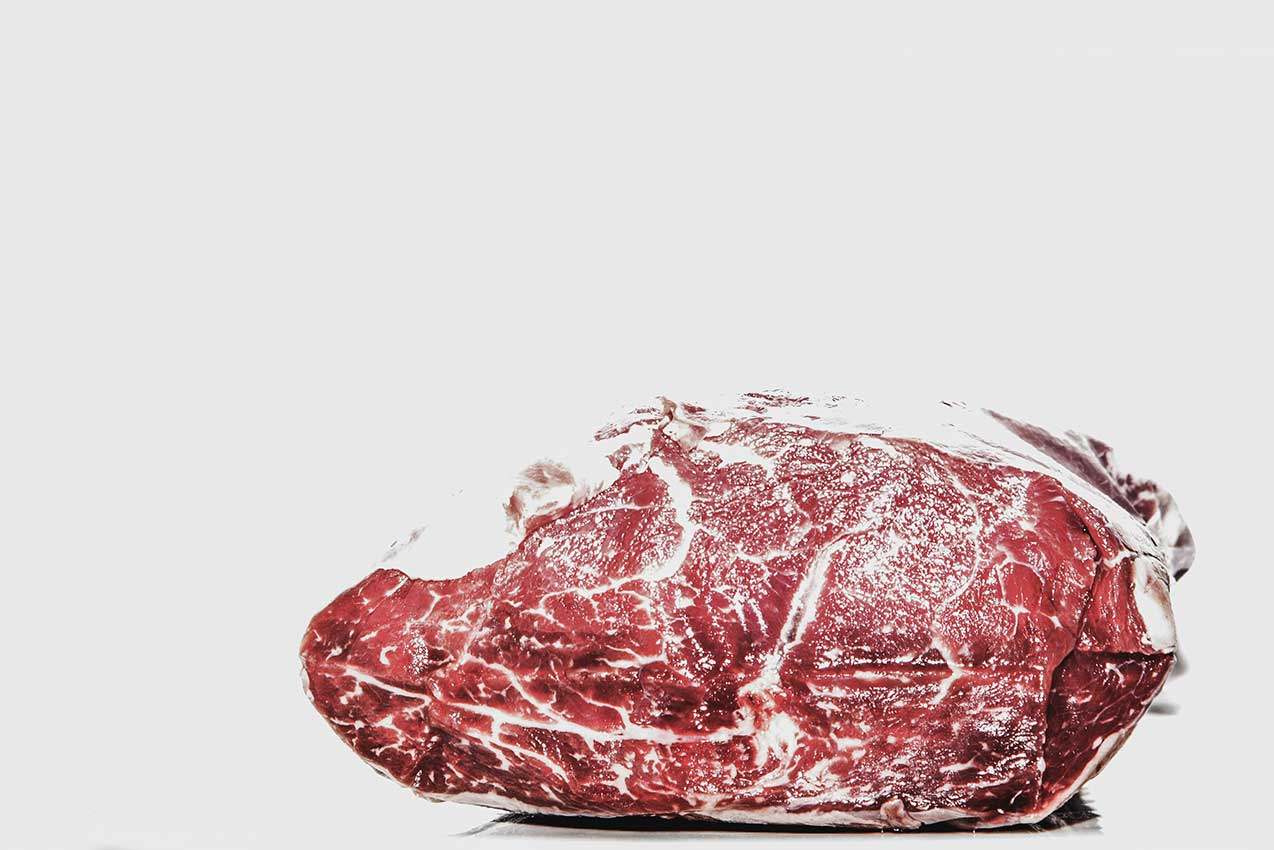
Beef Quality Grades & Effects of Bruising
Bruised meat lowers beef quality and grade, costing the cattle industry. This blog shows how proper handling can reduce bruising and protect your profits.

The 5 Essentials of Low-Stress Cattle Handling | Proper Livestock Handling
Low-stress cattle handling is a huge topic of conversation, and an important one to consider when it comes to the well-being of your animals.
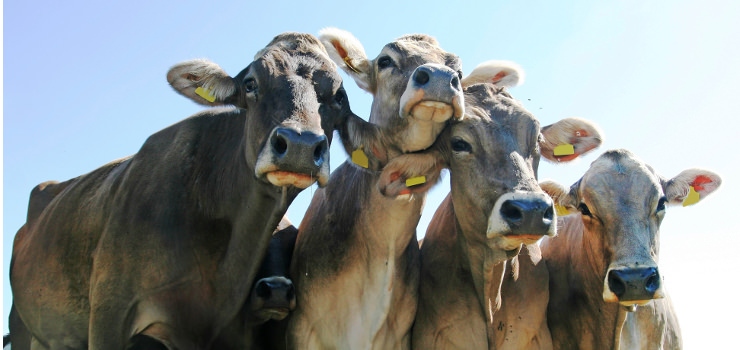
Is Low-Stress Cattle Handling Effective?
Cattle, like humans, are affected by stress, which can impact growth and health. Low-stress handling benefits their well-being and can also improve productivity and profitability
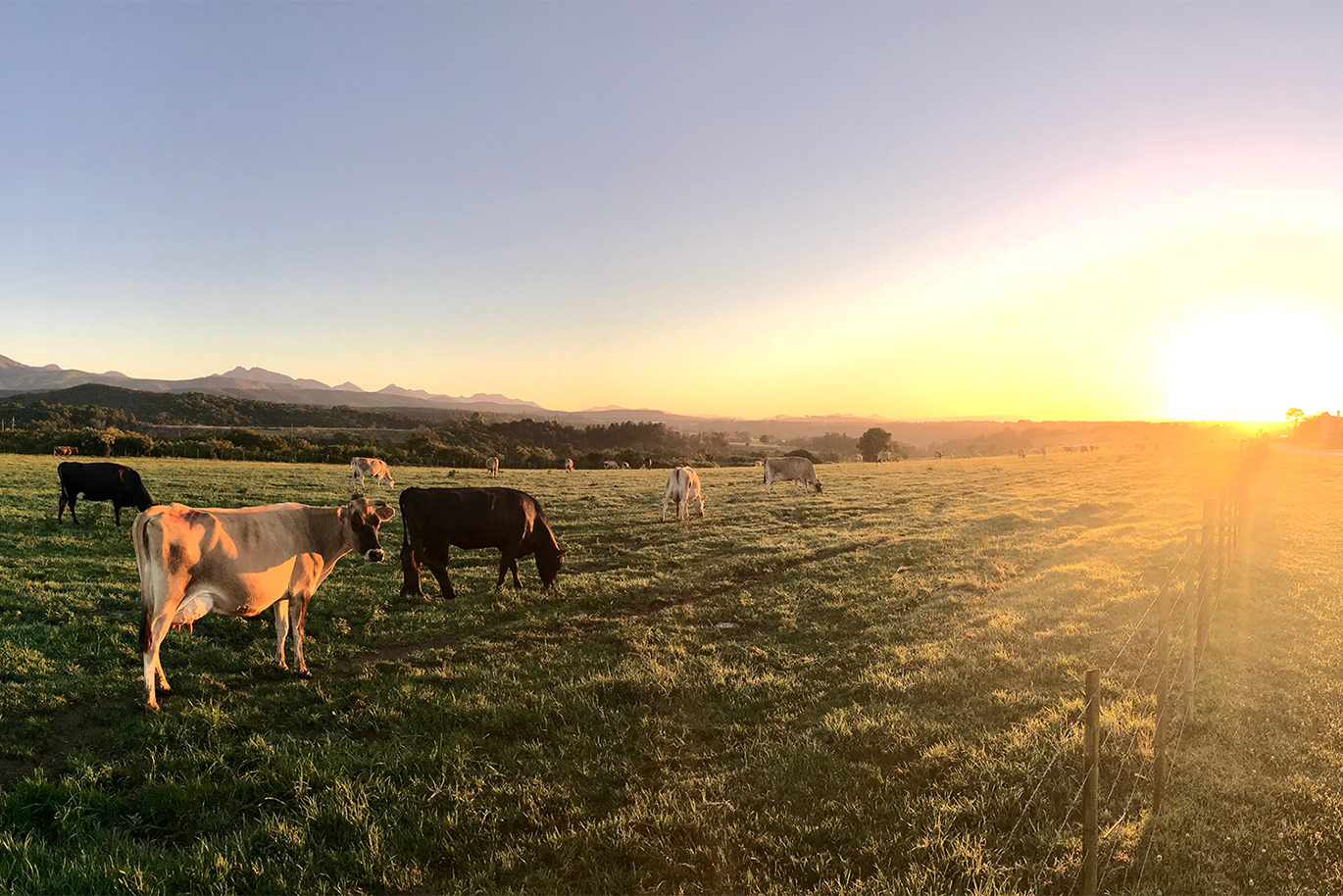
Cattle Chute Rubber Floor, What Are The Differences | Proper Cattle Handling
Flight zone handling can increase stress when overused. Pressure zone techniques guide cattle movement more calmly, efficiently, and with less stress.
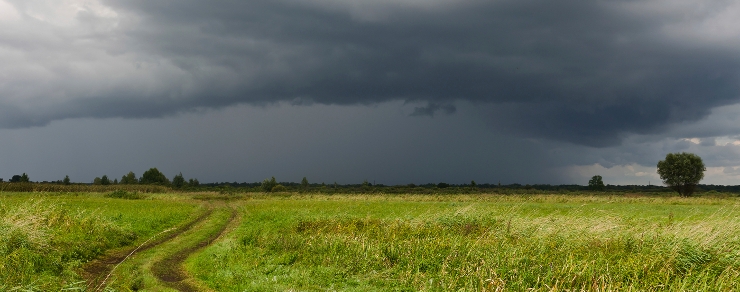
How to Keep Your Cattle Safe During Hurricane Season
While we can hunker down and hope for the best, a better option is to be prepared for what might come. Keep your cattle safe during the upcoming hurricane season by following some of these tips.
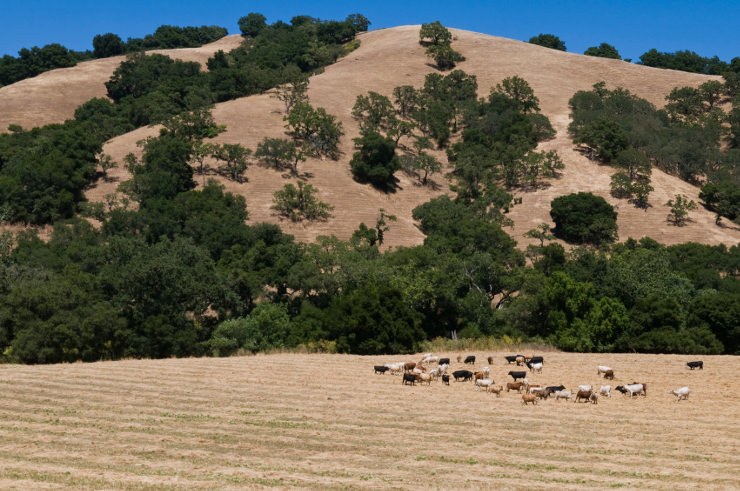
How to Handle Cattle During a Drought
Cattle ranchers are adapting to droughts, whether temporary or long-term. Here’s how to protect your herd, maintain productivity, and stay profitable during dry conditions.

Transporting Cattle in Canada: What You Need to Know
Transporting Cattle in Canada: What You Need to Know
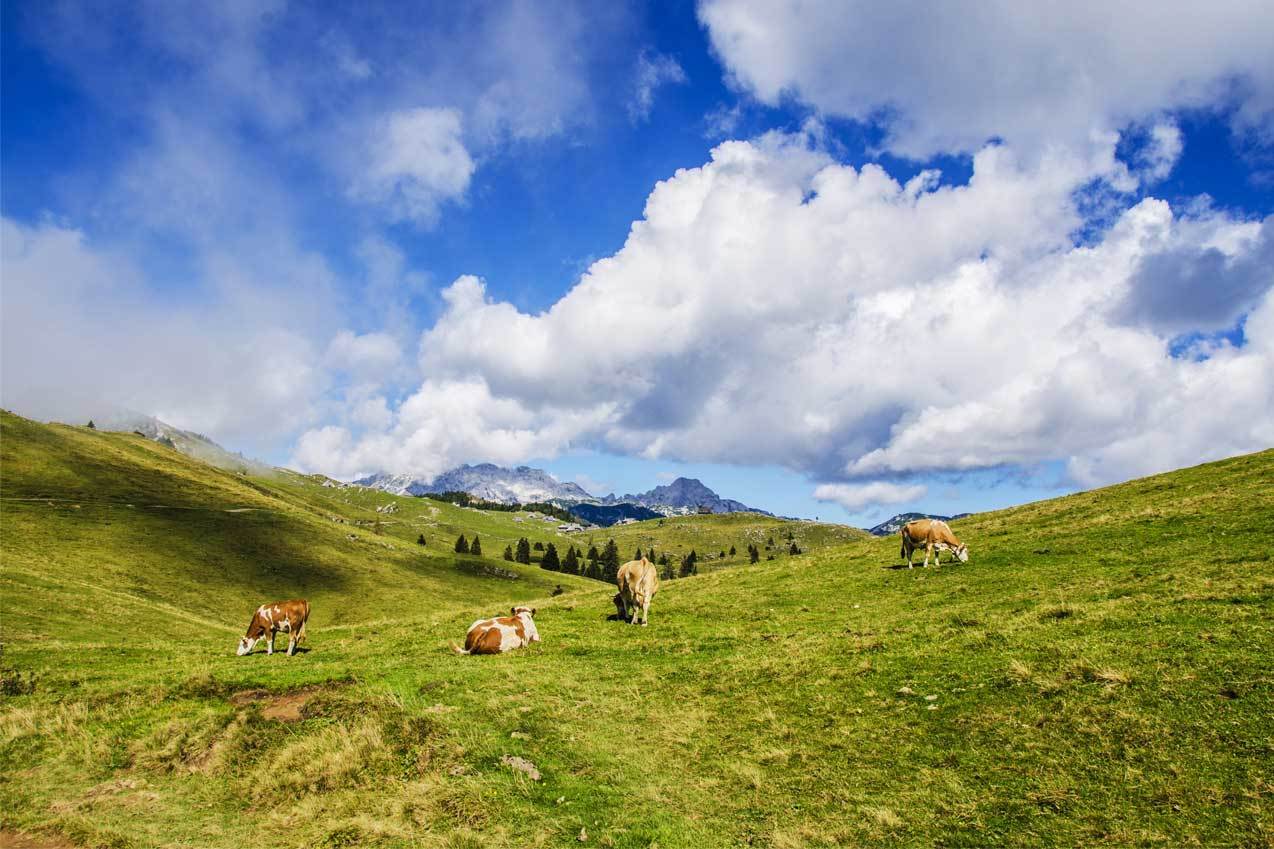
The 2020 Livestock Handling Equipment Awards: The Best, The Worst and Weirdest Things We've Seen
Check out our second annual Ranch Equipment Awards: the best, worst, and weirdest cattle gear you might want on your operation.
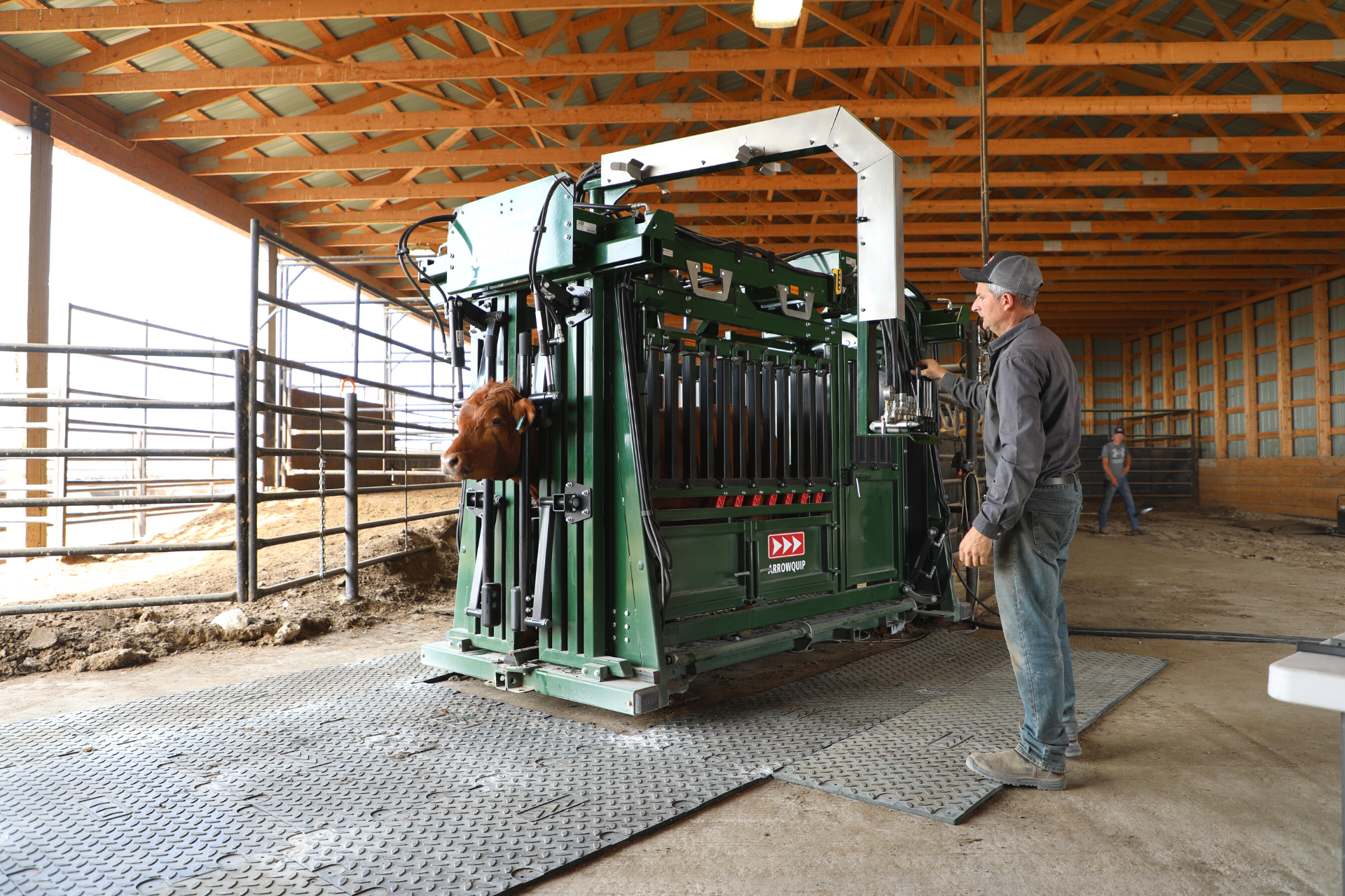
Live Cattle Chute Demonstration with The General Hydraulic Chute
On May 26, 2021, Arrowquip showcased The General, our newest hydraulic cattle chute. Watch the live demo to see what makes it stand out for livestock handling.
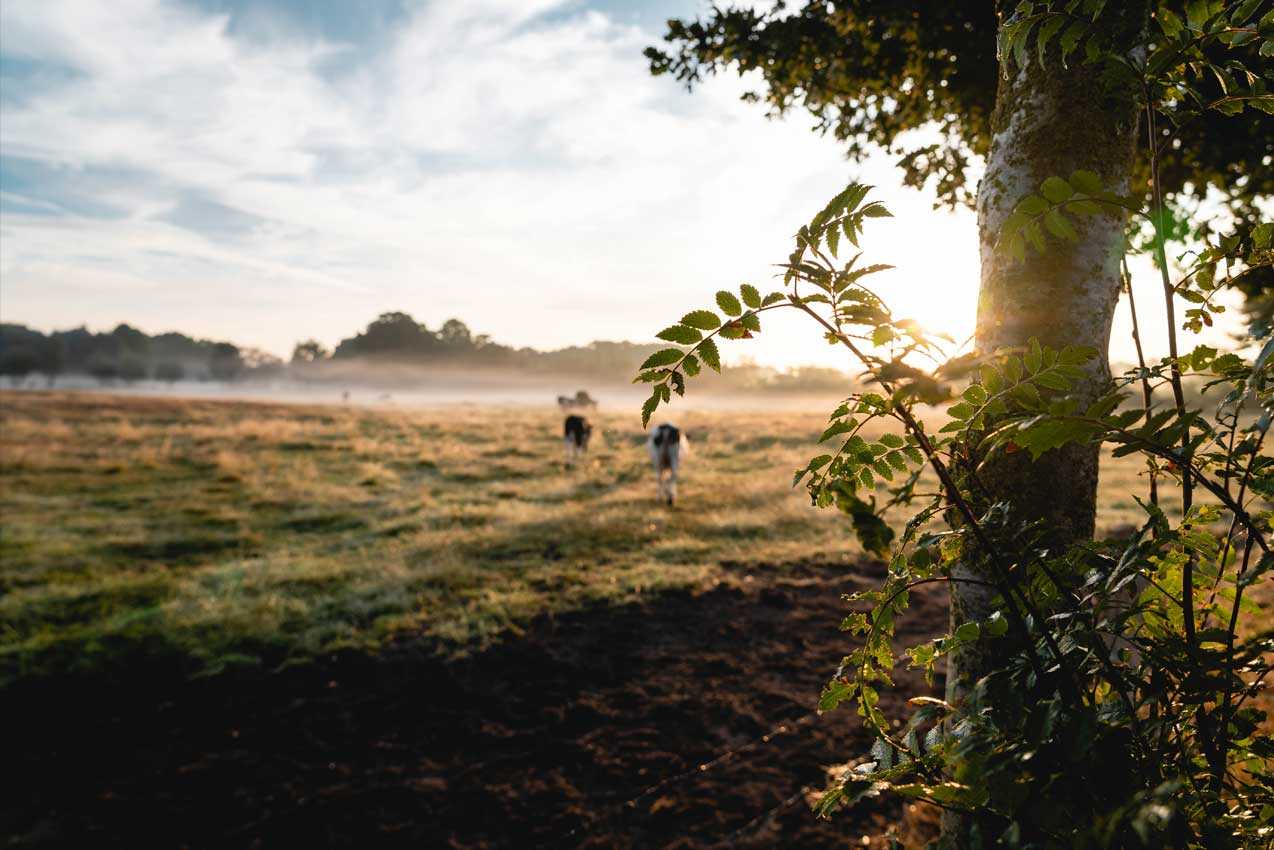
Cattle Chutes - The Myths About Cattle Footing, Hydraulic Engines & More
The final segment of our Cattle Chute Myth busters series addresses the other common misconceptions about cattle chutes, and brings data-driven truth to confusing topics!

Cattle Chutes - The Myths About Safety & Design Debunked
This four-part series takes the biggest myths about cattle chutes and turns them on their heads! Part one is focused on safety and where to place your cattle chute in your system.
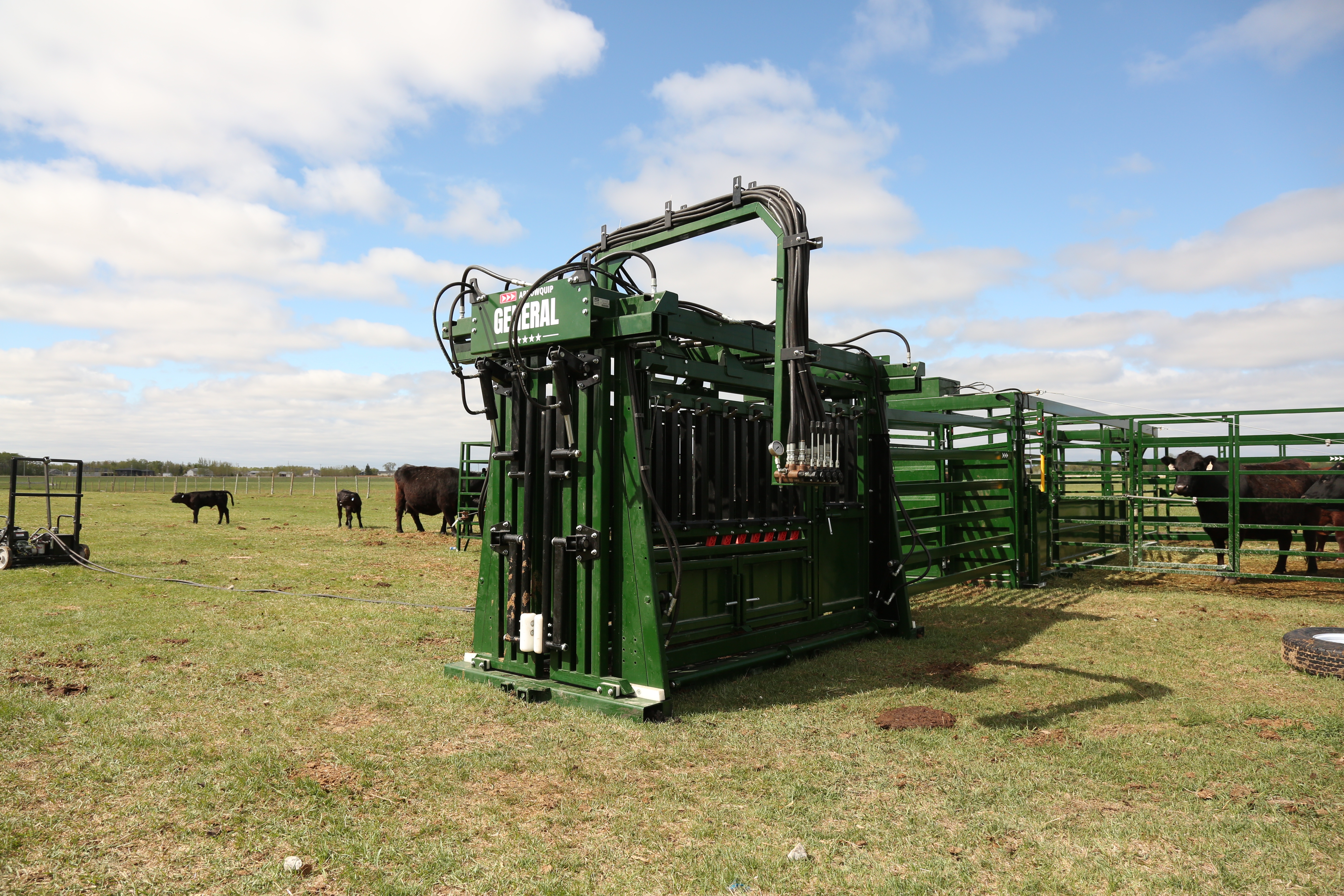
3 Reasons to Consider a Hydraulic Cattle Handling Chute
Sticking with what you know is easy, but a hydraulic chute could streamline your operation. Learn more on our blog.